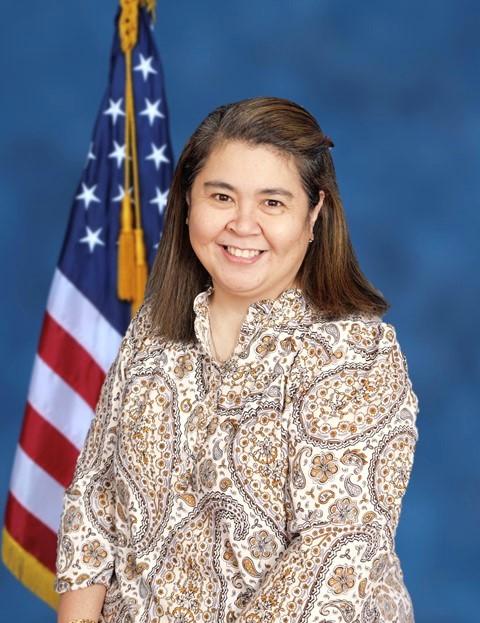Missing patient safety events decreased from 12 to 9 (CY21-22) with the acute care and rehabilitation unit having no missing patients proving actions implemented were effective. High-risk areas (ED, Mental Health) are still in progress. Missing Patient Tabletop drills in different departments increased from 3 to 35 (638 staff trained). This presentation focuses on a review of patient safety events pertaining to Missing and Wandering patients. An Aggregate Root Cause Analysis (ARCA) convened and focused on contributing factors, root causes, actions, and outcome measures to evaluate success. We will cover events from CY 2021-2022 to analyze any trends on specific unit/s and sustained actions that helped minimize/eliminate reoccurrences. Annual PSAT on Wandering and Missing patients are completed which reflected missing patient events outlined separately per department as well as required annual Missing Patient Tabletop drills in the different areas of the hospital with marked 600% increase in drills from previous year.
Problem: Patients Meeting Criteria for At-risk for Wandering as Defined by VHA Directive 2010-052 are Managing to Elope/Wander/Go Missing which may lead to potential sentinel/serious patient safety events. Identifying and addressing contributing factors will assist in this continuous Process Improvement as Aggregate Root Cause Analysis/PSAT/Missing Patient Tabletop Drills are done annually
Measurement: An Initial Understanding and Final Understanding of combined elopement/missing/wandering patient events were reconciled against Triage Questionnaire. Gaps were addressed and Cause and Effect diagram were developed using the 5 Rules of Causation which identified Corrective Actions and their respective Outcome Measures. Missing Patient Tabletop drills were collated per department
Analysis: ARCA team utilized systematic approach and engaged in literature and chart reviews, interviews, Subject Matter Experts consultation, and GEMBA walk. These provided contextual understanding of events, which then helped develop Root Causes following the CAUSE, EFFECT, EVENT statement. PSAT reflects measure of success as evidenced by lesser missing patient events
Implementation: Template updates, utilization of Vocera and Wander guard, annual Elopement Risk Assessment competency/tabletop drills, closed loop communication during handoff, policy/unit protocol changes, additional signage for elopement precautions in locked units, Benetravel Consult template updates and notification of expectations for At-risk veterans to contract CNH. Buy in was a challenge


